Coffee sensory taste | how beginners learn to describe coffee flavor and how to cultivate their own coffee flavor taste
"this coffee is rich in fruit flavor, with citrus, lemon, oolong tea, jasmine flavor!" It may be incredible for those who have just come into contact with boutique coffee, why you can drink so much flavor in a cup of coffee! Is it a lie? In this issue of barista training, we will share the experience of a rookie in sensory training.

Is the flavor of coffee made by Wei Lei?
No, it needs a partner-- sense of smell.
It is true that the flavor of coffee cannot be felt entirely by the taste buds, and the taste buds are "auxiliary" in identifying the flavor. Our taste buds can only feel five taste substances-sweet and sour, bitter and salty, while there is no "fresh" taste in coffee, and the salty taste is completely obscured by sweet and sour bitterness under normal circumstances.
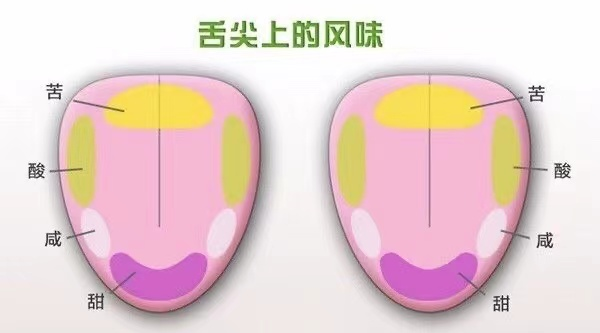
I don't know if you have noticed that when we drink the first sip of coffee, we first feel the sweet and sour taste, and then we feel the bitter taste. That is because the tongue also has its own "workflow" for the discrimination of taste. The tip of the tongue is to feel the sour taste, the two ends of the tongue near the tip of the tongue to feel the salty taste, the two ends of the tongue near the base of the tongue to feel the sour taste, and the root of the tongue to feel the bitter taste.
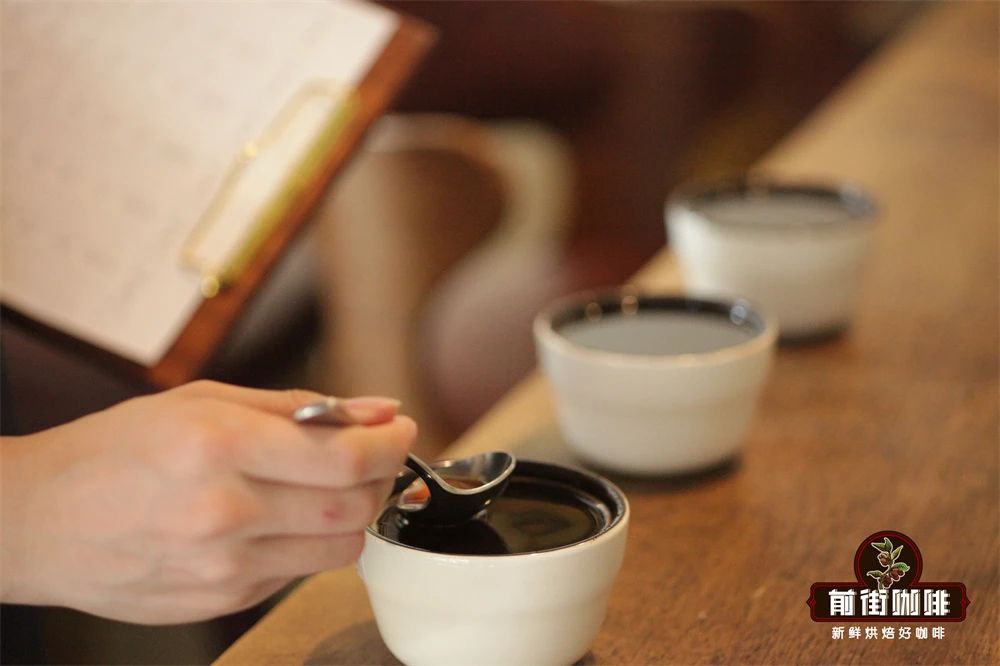
It is the sense of smell that really distinguishes the flavor. Can we still smell the food in our mouths? ) Yes! The throat and nasal cavity communicate with each other. After the coffee is extracted, some of the flavor molecules will be wrapped in oil, and it is not clear for us to smell it directly. When the scented oil enters the mouth, the taste buds are the first to judge the taste of the coffee, and then the oil melts on the tongue, releasing the aroma. These aromas "walk" to the nasal cavity with the process of swallowing, which is called postnasal smell, and what we can directly judge the smell is the prenasal smell.
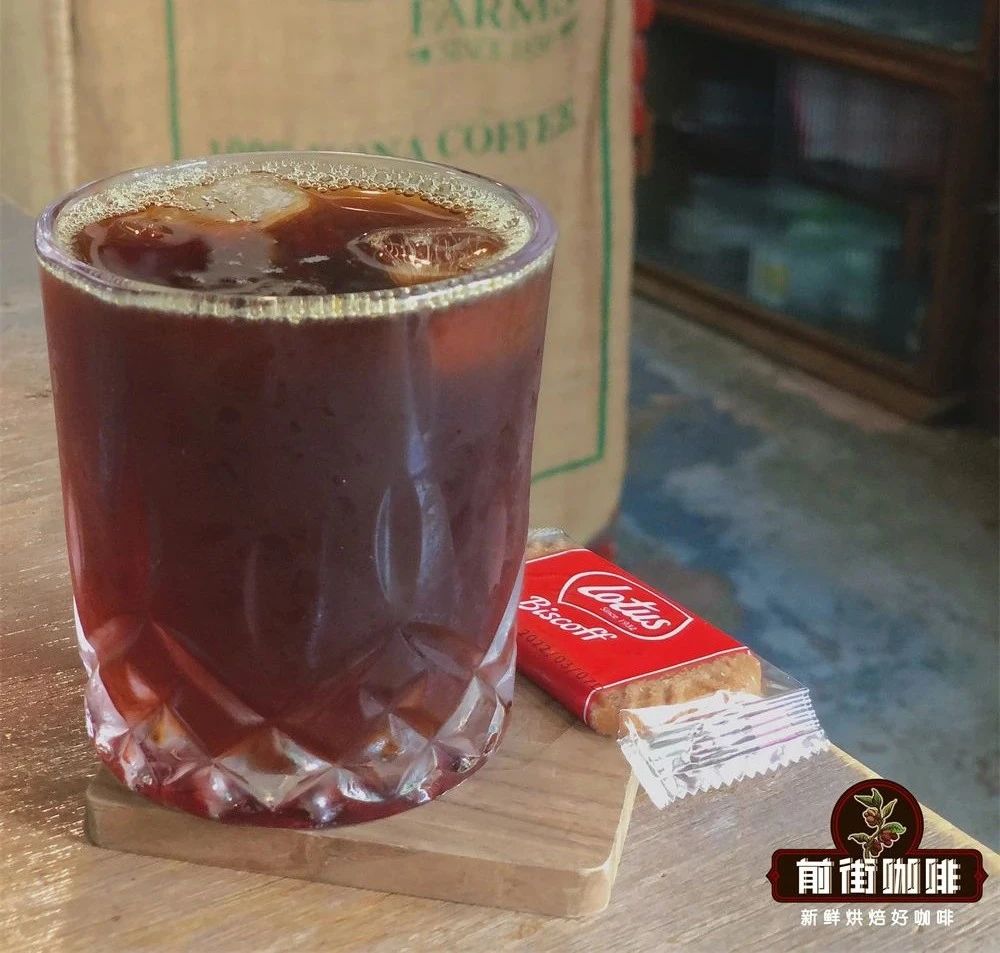
When our taste buds feel the taste, coupled with the smell, our brains associate with certain objects. So why do some people think of a particular object while others don't? It has something to do with your own taste memory. And coffee flavor itself is a very general definition, such as 🌰: a cup of coffee sour some people think it is lemon, some people think it is grapefruit and so on is very normal. The pleasure of tasting coffee is that after you feel a flavor, share and discuss with the people around you.
From what angle do we discuss the flavor of coffee?
Aroma, sweetness, acidity, taste, flavor, finish, balance
"aroma"-- the sense of smell before the nose
The aroma of coffee is divided into dry fragrance and wet fragrance. Dry aroma refers to the aroma emitted by coffee beans in a dry state after being ground into particles; wet aroma refers to the aroma emitted by coffee liquid extracted by water. The taste of the same coffee bean will be different from the dry and wet smell, because there are many specific aroma molecules that need a certain temperature to volatilize. For example, the barista in Qianjie smelled the fragrance of sugar cane when he smelled the green label rosy summer coffee of the Jade Manor, while the wet fragrance smelled the aroma of ginger flowers.
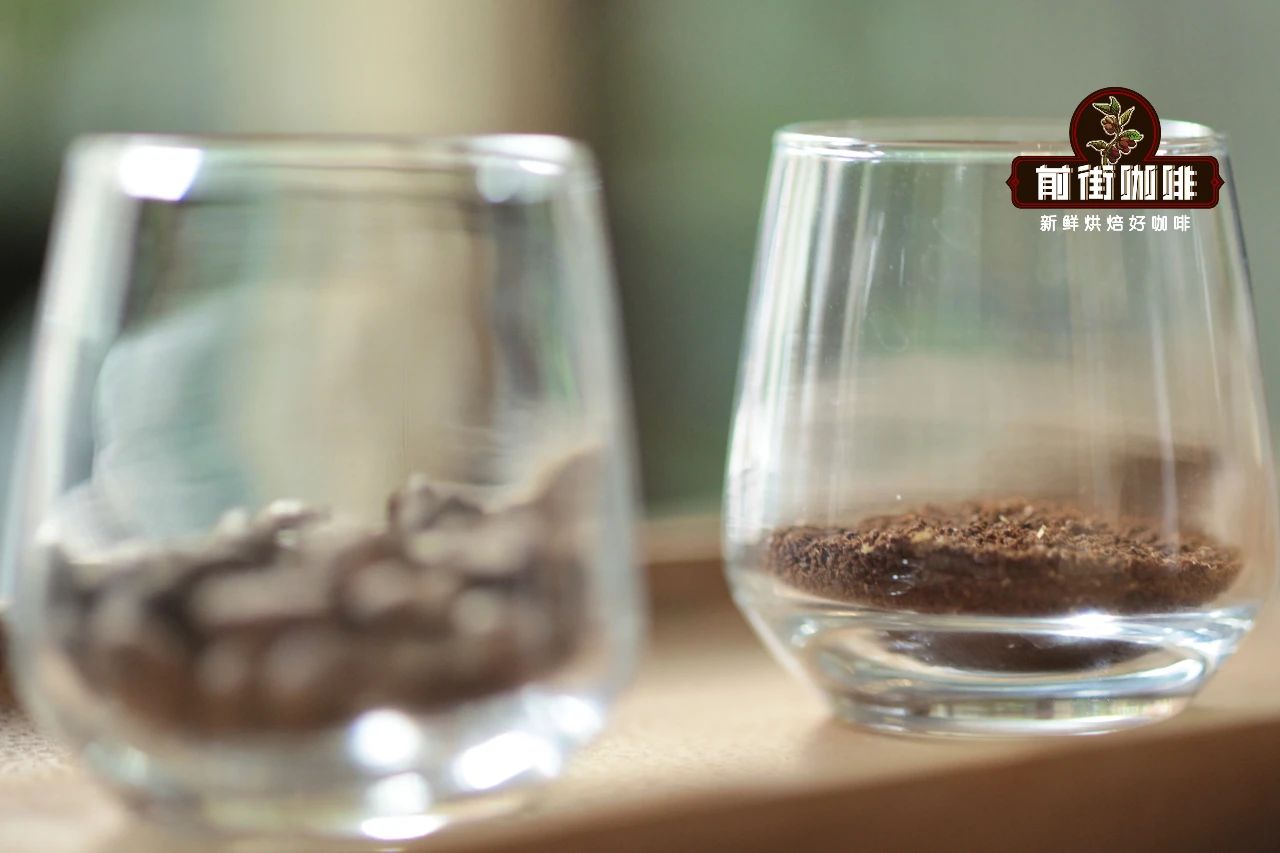
"cleanliness"-- the sense of smell behind the nose
Cleanliness means that coffee does not have any defective and unpleasant taste. For example, some poor-quality coffee beans will have an earthy / woody taste, or an unpleasant mixed smell.
"sweetness"-taste buds
Sweetness refers to the feeling of taste, and the sweetness of a cup of coffee can improve people's evaluation of the cup of coffee. Of course, this sweetness is not as obvious as sugar, and in many cases the sweetness is reflected in Huigan.

"sour"-taste buds
Whether coffee is sour or not can be distinguished by the amount of saliva secreted on both sides of the tongue. The stronger the acidity, the more saliva will be secreted. The acidity of high-quality coffee generally tends to be sour (fresh, soft sour taste), while some poor-quality coffee will show acetic acid (strong, choking sour taste).
"taste"-oral tactile sensation
The mellow thickness / smoothness / astringency of coffee is felt through the touch of the mouth. The thickness of alcohol can be described as light-full-solid. It feels like you are drinking skim milk-whole milk-cream, and your tongue will feel "tongue pressing" to varying degrees. Astringency is the rough touch produced by polyphenols in coffee, as opposed to a sense of smoothness. The appearance of astringency will directly reduce your evaluation of this cup of coffee.

"Flavor, aftertaste"-Taste Bud + Post-nasal smell
Flavor refers to the overall feeling that we drink this cup of coffee, combined with a variety of feelings such as smell and taste. This needs to be combined with their own memory of the taste, and then after drinking coffee can be associated with it. Yuyun refers to the various flavors and aromas that remain in the mouth after drinking coffee. If the pleasant flavor can stay in the nasal cavity for a long time, we can describe the long finish of this coffee. Just like the green rose summer coffee mentioned above in Qianjie, the aftertaste of the coffee is a light fragrance of flowers and green tea.
"balance"-taste buds
The degree of balance refers to whether the indicators of coffee are balanced, such as whether they are too sour or bitter.
How do novices scientifically cultivate their own sensory flavor description
Set up a flavor memory bank
For those who are new to coffee, you can't understand why the barista can blurt out the flavor of a type of coffee. In fact, from another point of view, you feel quite normal [usually eat the same kind of rice every day, and suddenly change into another kind of rice one day, you can obviously feel different], this skill is innate, but to be able to say "where is different" requires constant accumulation and training.
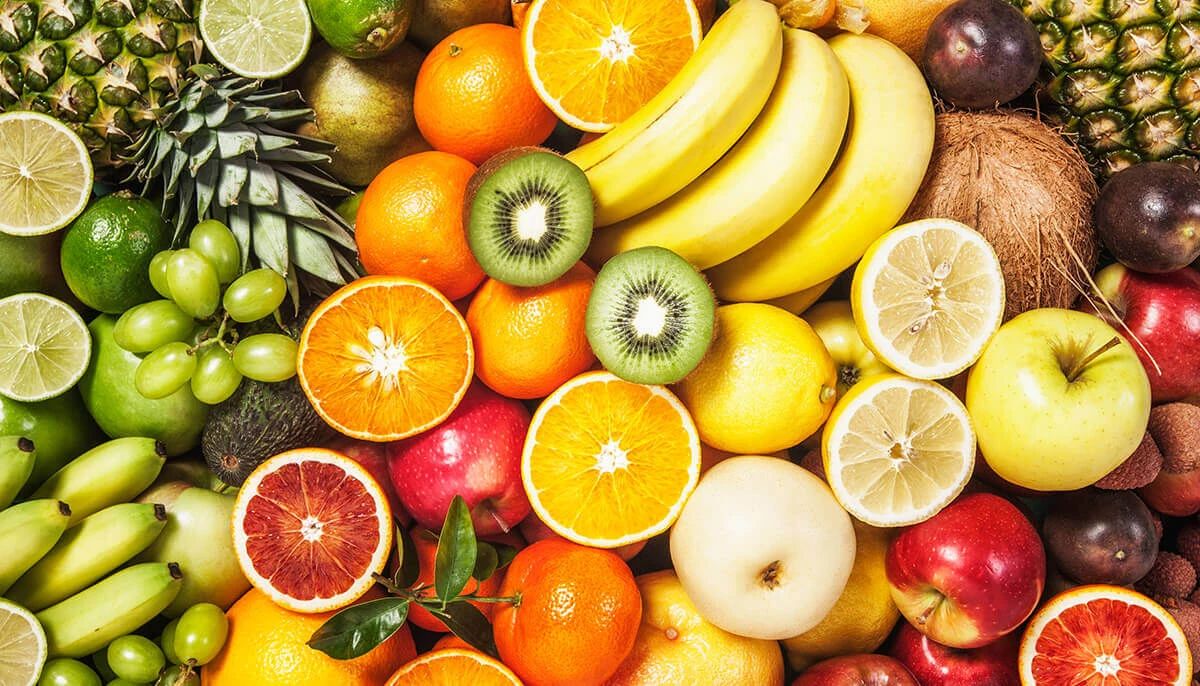
Therefore, if you want to taste the coffee flavor quickly, you must taste or smell the flavor described by the coffee and establish your own sensory memory. Otherwise, when others say that this coffee has the flavor of strawberry, how can you know what flavor it is if you haven't even tasted it? The coffee flavor wheel published by SCAA is a good target, and you can try to feel the objects described on the coffee flavor wheel one by one.
Establish your own sensory system
In the exchange of flavor expression, we need to agree that the science of coffee flavor wheel lies in the classification of many flavors, such as citric acid and acetic acid, lemons and oranges as citrus fruits, berries, apples and peaches as other fruits, honey, caramel and maple sugar as brown sugar, chocolate, almonds, walnuts and hazelnuts as nut cocoa. The whole flavor wheel ranges from green herbs to yellow fermented acidity to red fruit, followed by pink flowers, orange sugars and brown nut cocoa. All of them reflect the main range of coffee flavor in different roasting degree.
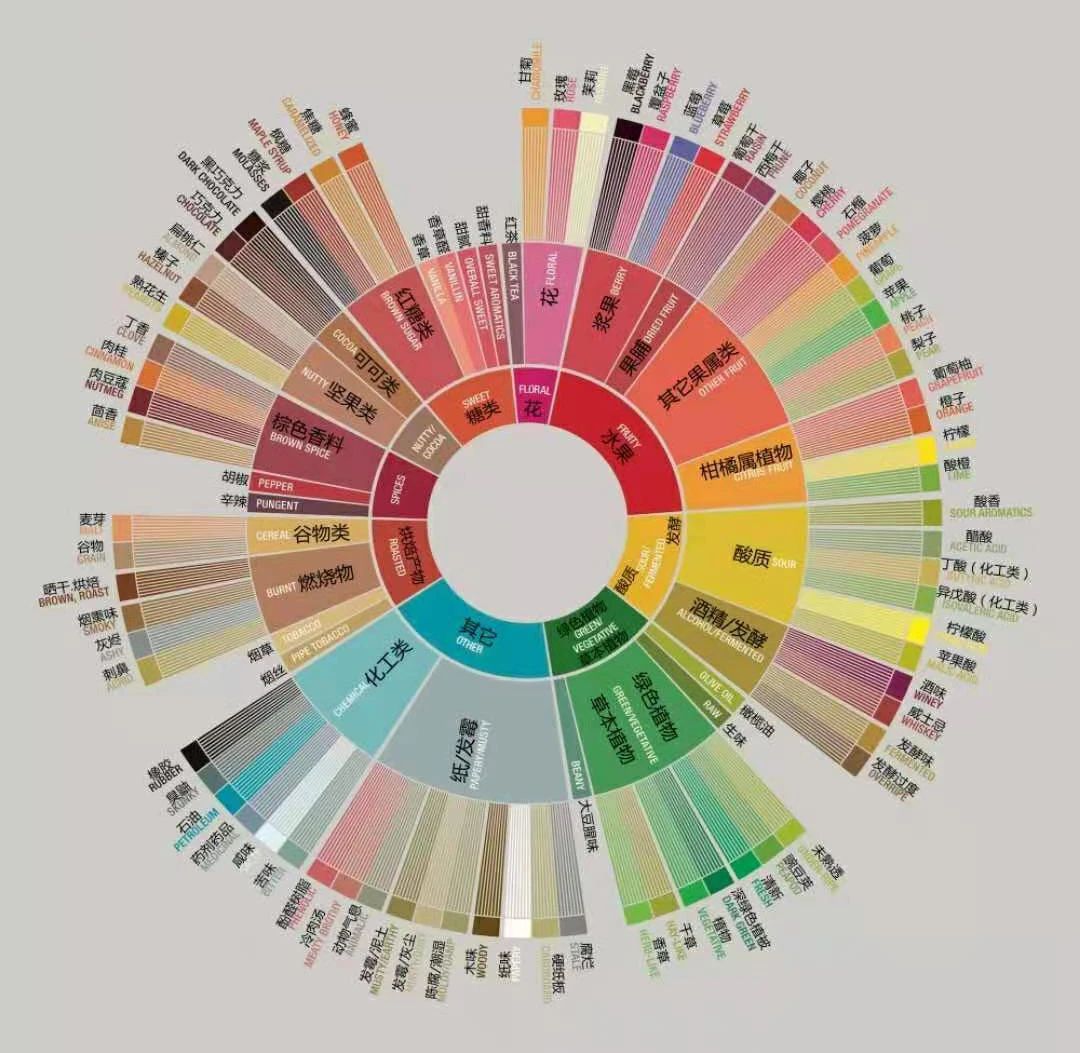
For example, light-roasted coffee will focus on acid fermentation, fruits and flowers. Medium roasted coffee will focus on sugars, flowers, berries and preserved fruits. Deep-roasted coffee will focus on brown sugar, nut cocoa and spices. The flavor wheel can help you build the connection between the physical object and the coffee more systematically.
It takes some imagination.
You should know that a cup of coffee can not be 100% that kind of flavor, such as described as citrus flavor, this does not represent a percentage of citrus flavor, otherwise it will become a cup of citrus juice. For example, when we taste a cup of Yega Chuefei, there is an aroma of flowers mixed with berries, while the taste is as sour as citrus, sweet as honey, and the aftertaste as after drinking green tea. These do not match in percentage, but at least they have a similar feeling of 70% and 80%.

Multi-communication often accumulates
Usually, you can communicate more with the outside world, which is easy to calibrate your senses. Dare to express their own flavor, everyone's expression of things will be different, because in different environments and different experiences lead to. For example, red currant is often used to describe the flavor of coffee abroad, which is very strange at home. In addition to communication, but also need to constantly accumulate, enrich their own flavor memory bank.
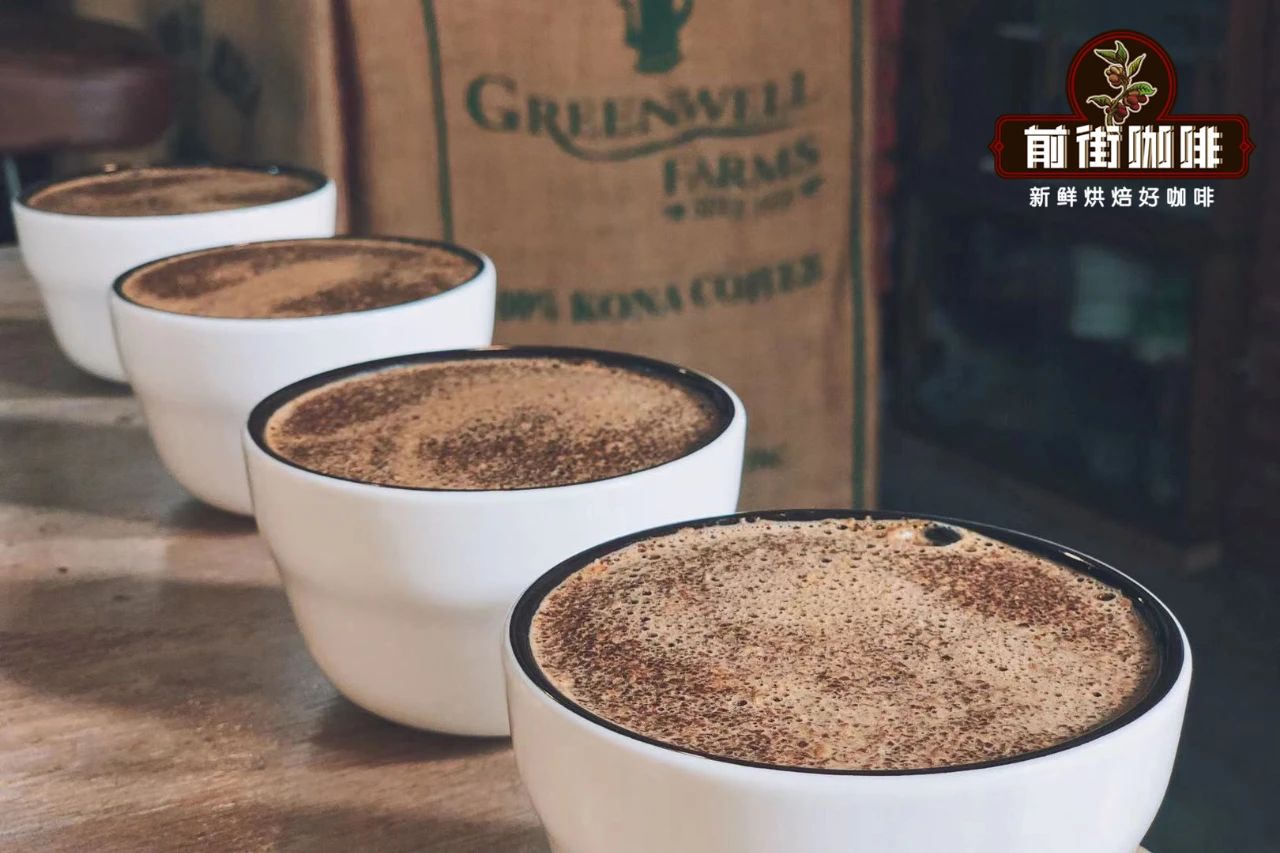
Usually pay attention to diet
Maintaining your taste buds is the foundation, eating less spicy and other stimulating foods, and drinking less can keep your taste buds active and feel more flavor.
Important Notice :
前街咖啡 FrontStreet Coffee has moved to new addredd:
FrontStreet Coffee Address: 315,Donghua East Road,GuangZhou
Tel:020 38364473
- Prev

Which brand of Yunnan coffee beans is the best? The main producing areas of coffee beans in Yunnan are introduced, and the characteristics and flavor of coffee beans in Yunnan are evaluated.
Which brand of Yunnan coffee beans is the best? There are two kinds of mainstream coffee beans in Yunnan; one is a washed tin card and the other is Katim. In Qianjie coffee, Yunnan iron pickup is labeled as Yunnan boutique coffee, while Yunnan Katim is labeled Yunnan small-grain coffee according to the market custom. Qianjie Coffee has been roasting coffee for 7 years.
- Next

How many kinds of coffee are there? Flavor evaluation of milasu raisin-treated rose summer coffee, costa rica rose summer.
Milasuxia blend coffee beans used in raisin honey treatment. The owner will first select the harvested coffee fruits, put the selected coffee fruits on an elevated bed to dry for at least three days, and then remove the peel and retain the pectin before drying. During the drying process, the coffee beans will be continuously turned over to dry.
Related
- Guji coffee producing area of Guji, Ethiopia: Humbela, Shakiso, Wulaga
- What is the most expensive variety of Qiloso in BOP multi-variety group?
- How to store the coffee beans bought home?
- Why are Yemeni coffee beans so rare now?
- Ethiopian Sidamo all Red Fruit Sun Sun Santa Vini Coffee beans
- SOE is mostly sour? What does it mean? Is it a single bean? what's the difference between it and Italian blending?
- Is Italian coffee beans suitable for making hand-brewed coffee?
- How to choose coffee beans when making cold coffee? What kind of coffee beans are suitable for making cold coffee?
- Just entered the pit to make coffee, what kind of coffee beans should be chosen?
- Can only Japan buy real Blue Mountain Coffee? What are authentic Jamaican Blue Mountain coffee beans?

